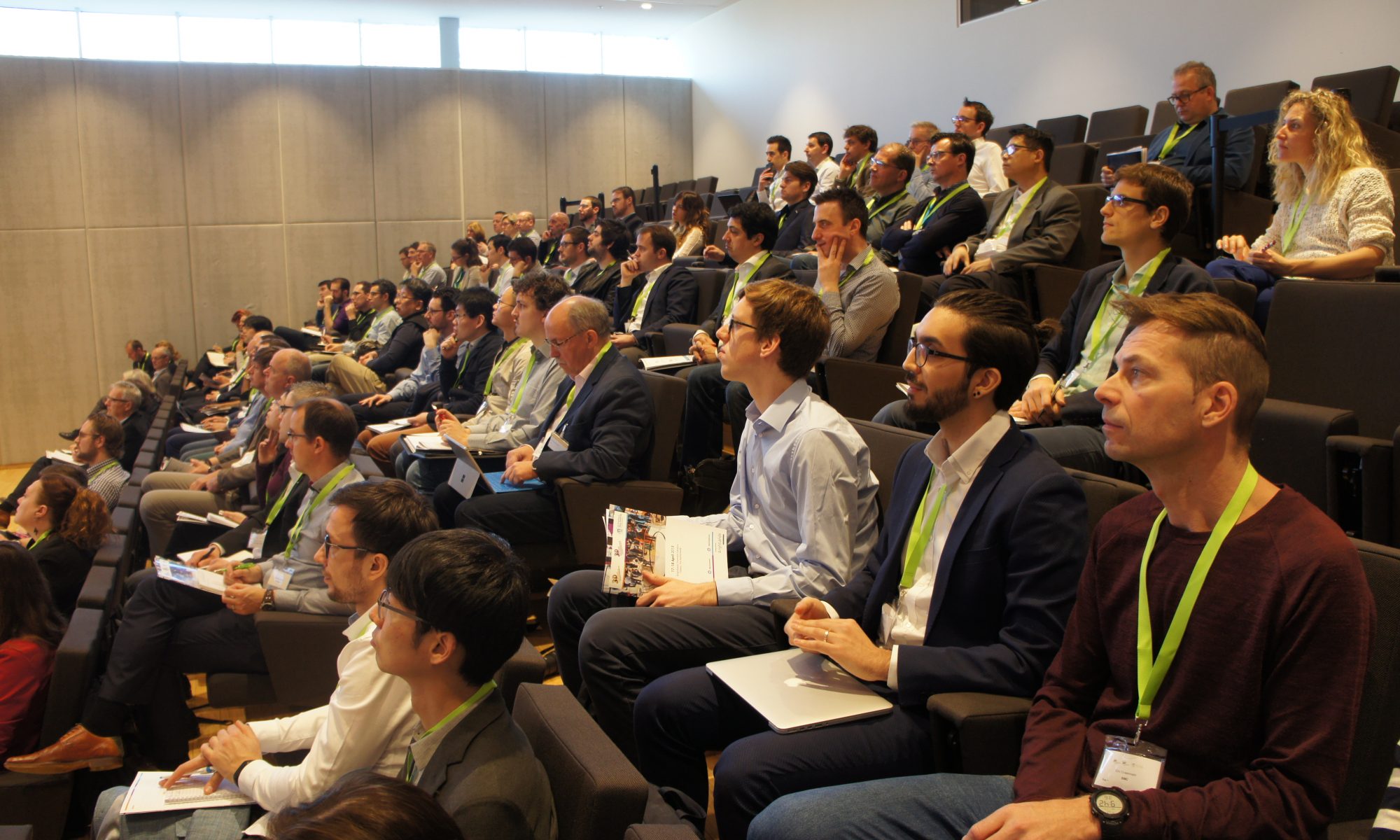

3D printing materials Conference
All the Updates about 3D Printing Conferences
The Advantages and Limitations of 3D Printed Food
3D printing has revolutionized the way we manufacture products, ranging from cars to medical devices. However, one of the most exciting applications of 3D printing technology is in the food industry. 3D-printed food has the potential to offer several benefits, including customizability, increased efficiency, and reduced waste. In this article, we will discuss the advantages and limitations of 3D-printed food, explore some real-world examples, and discuss the future of 3D printing in the food industry.
Advantages of 3D Printed Food
- Customizability
One of the most significant advantages of 3D-printed food is the ability to customize the food to individual preferences. By using 3D printing technology, it is possible to create intricate designs and shapes that would be impossible to produce using traditional methods. For example, 3D-printed chocolate can be made into intricate shapes, such as customized logos, and 3D-printed pasta can be made into various shapes and sizes.
- Efficiency
3D printing food can significantly increase production efficiency. Traditional food manufacturing often involves significant waste, as excess material is trimmed off during the production process. 3D printing food, on the other hand, only uses the necessary amount of ingredients, reducing waste and increasing efficiency.
- Sustainability
3D printing food can also be a more sustainable method of food production. With 3D printing technology, it is possible to use alternative ingredients, such as insect protein or algae, that may be more sustainable than traditional food sources. In addition, 3D printing can reduce the carbon footprint of food production by reducing transportation costs, as the food can be printed on-site.
Limitations of 3D Printed Food
- Limited Ingredient Selection
One of the main limitations of 3D-printed food restaurants is the limited selection of ingredients that can be used. In order to print food, the ingredients must be able to flow through the printer nozzle, which limits the types of ingredients that can be used. Currently, the most commonly used ingredients for 3D-printed food are sugar, chocolate, and dough.
- Cost
Another limitation of 3D-printed food is the cost. The cost of 3D printing technology is still relatively high, and the cost of the necessary ingredients can also be expensive. For example, a 3D-printed sugar sculpture can cost significantly more than a traditional sugar sculpture.
- Texture
The texture of 3D-printed meal can also be a limitation. It often has a uniform texture, which may not be desirable for certain types of food. In addition, the texture of food can be affected by the printing process, which can result in a less desirable texture.
Real-World Examples of 3D Printed Food
- Pizza
One of the most famous examples of 3D printed food is the 3D printed pizza. In 2013, NASA funded a project to create a 3D-printed pizza that could be used in space. The pizza was printed using a mixture of dough, tomato sauce, and cheese, and was designed to be easy to prepare in space.
- Chocolate
3D printing has also been used to create intricate designs in chocolate. In 2017, a Swiss chocolate company, Barry Callebaut, developed a 3D printer that could produce customized chocolate designs. The printer used a combination of chocolate and cocoa butter to create intricate designs that were impossible to achieve using traditional chocolate production methods.
- Burgers
3D-printed burgers have also been developed, with the aim of creating more sustainable and customized burgers. In 2018, a company called Nova Meat developed a 3D-printed plant-based burger that was designed to mimic the texture and taste of a traditional beef burger.
The Future of 3D-Printed Food
The future of 3D-printed food is exciting, with the potential for further advancements in technology and ingredient selection. As the cost of 3D printing technology decreases, it is likely that 3D-printed food will become more accessible and affordable. In addition, as the selection of ingredients that can be used for 3D printing expands, there will be even greater opportunities for customization and sustainability in food production.
However, there are also potential ethical and societal considerations that need to be addressed as 3D-printed food becomes more prevalent. For example, there may be concerns about the impact of 3D-printed food on traditional food industries and small-scale producers. In addition, there may be concerns about the potential for 3D-printed food to exacerbate existing food inequalities and accessibility issues.
Conclusion
Overall, 3D-printed food has the potential to offer significant advantages in terms of customizability, efficiency, and sustainability. However, there are also limitations to the technology, including limited ingredient selection and cost. Real-world examples of 3D-printed food, such as pizza, chocolate, and burgers, demonstrate the potential of technology in the food industry. As the technology continues to evolve, it will be important to consider the ethical and societal implications of 3D-printed food and work towards ensuring that it is a sustainable and accessible option for food production.